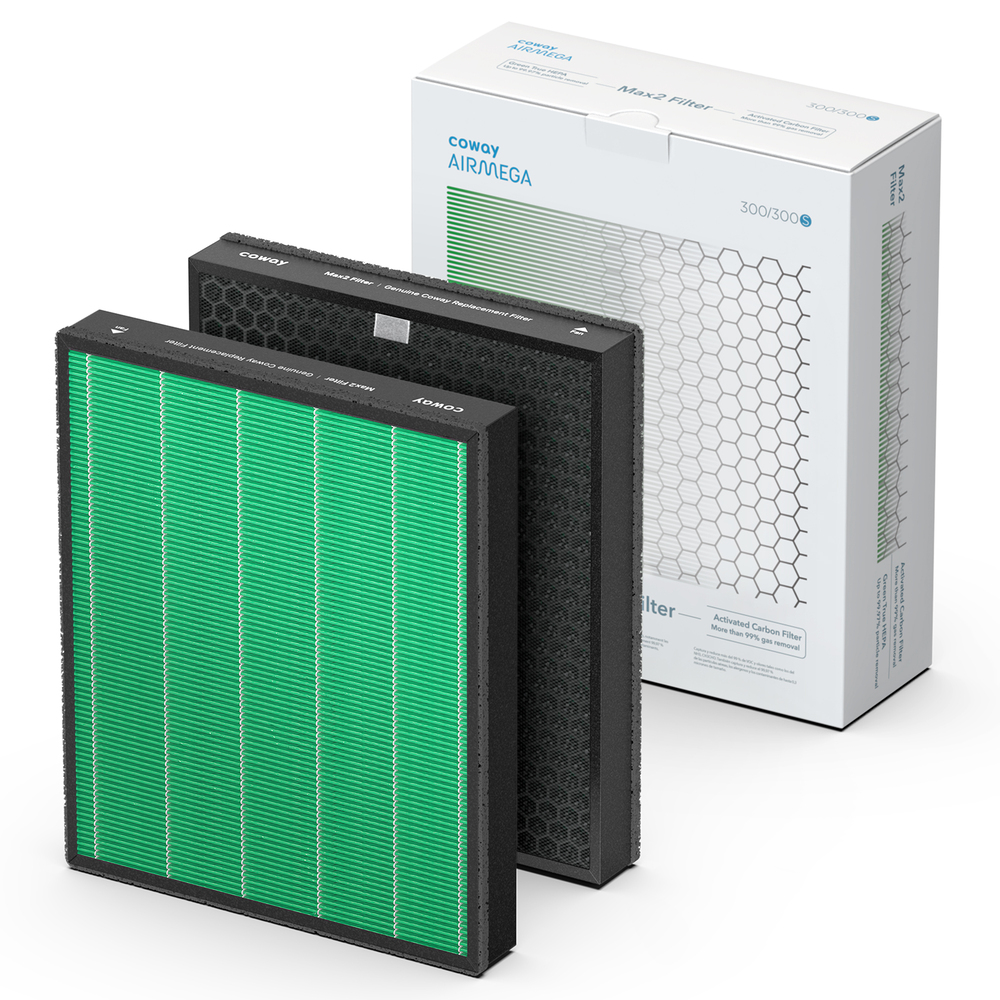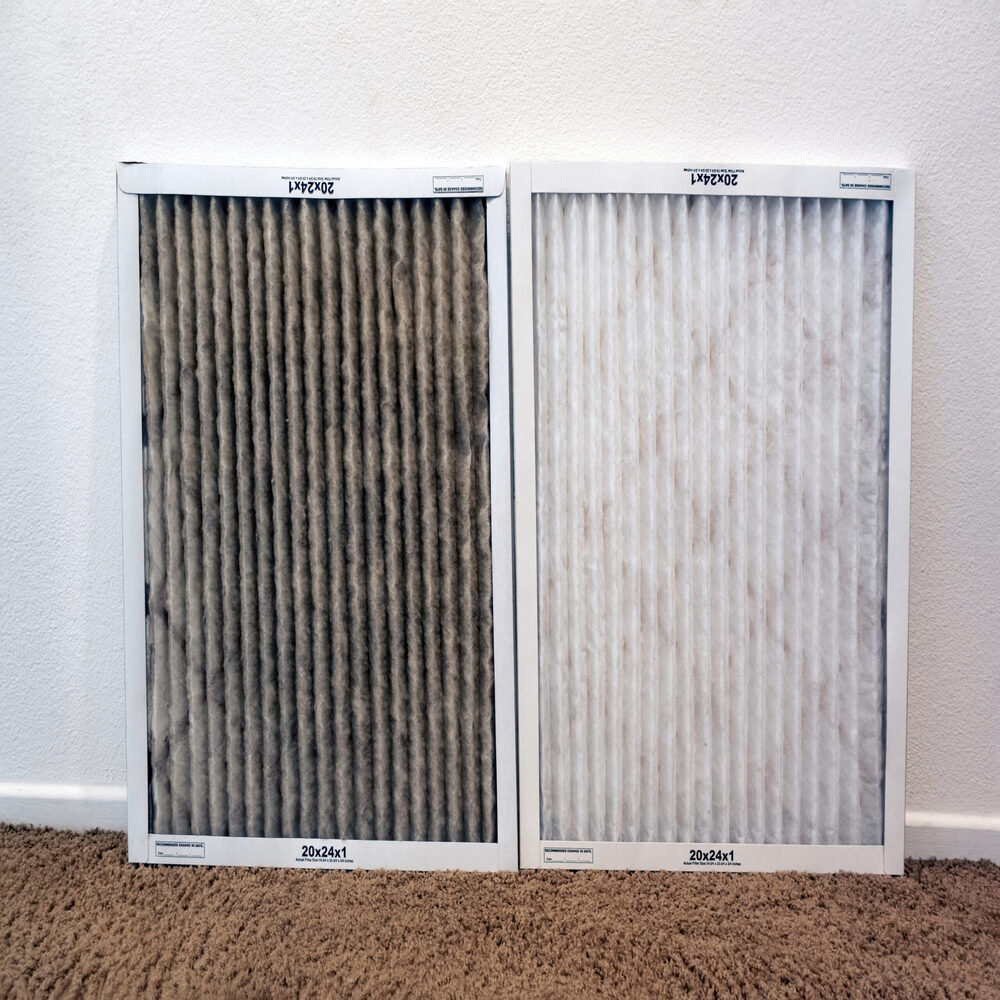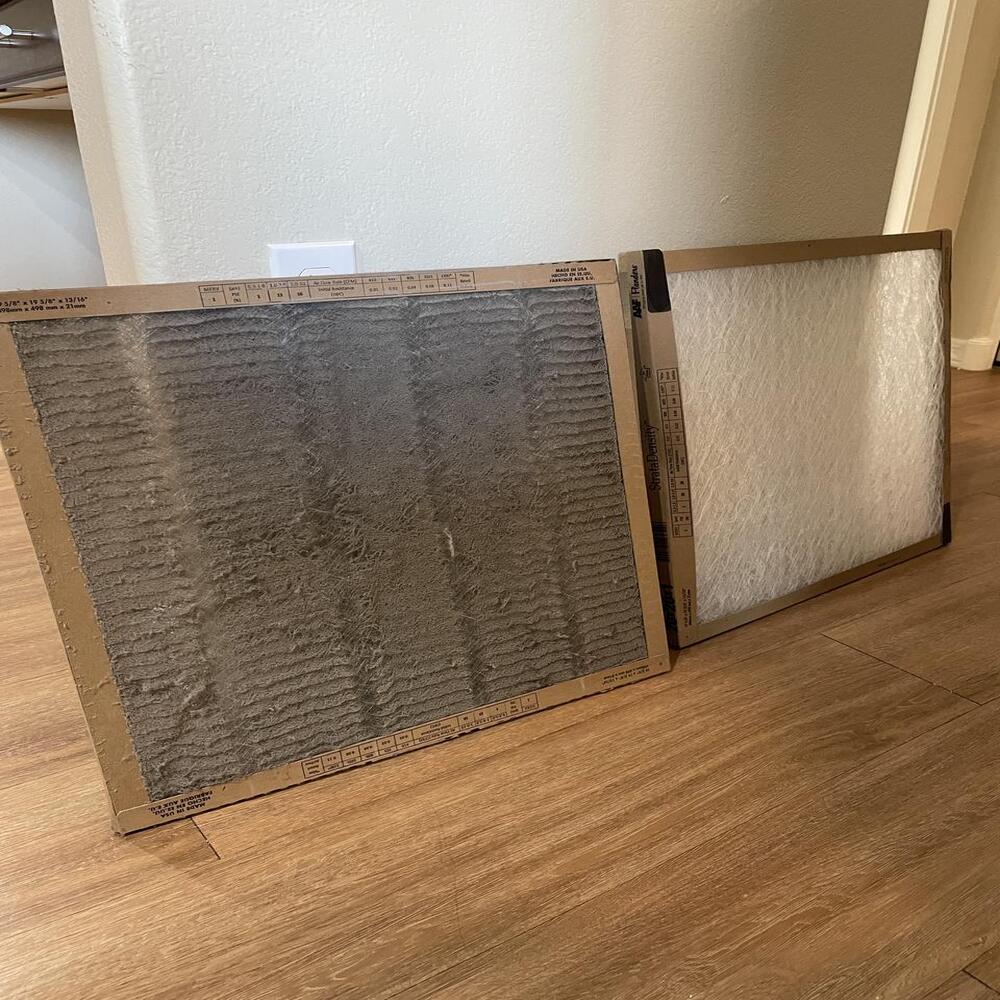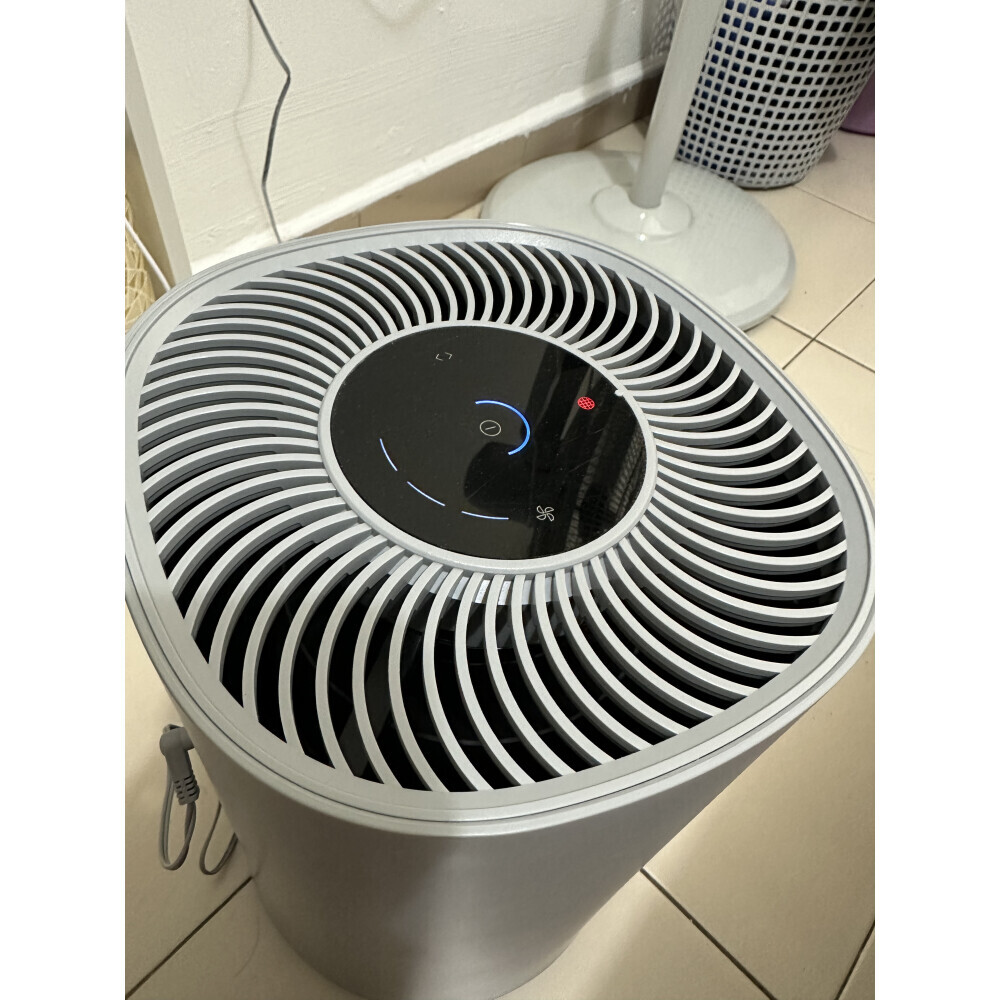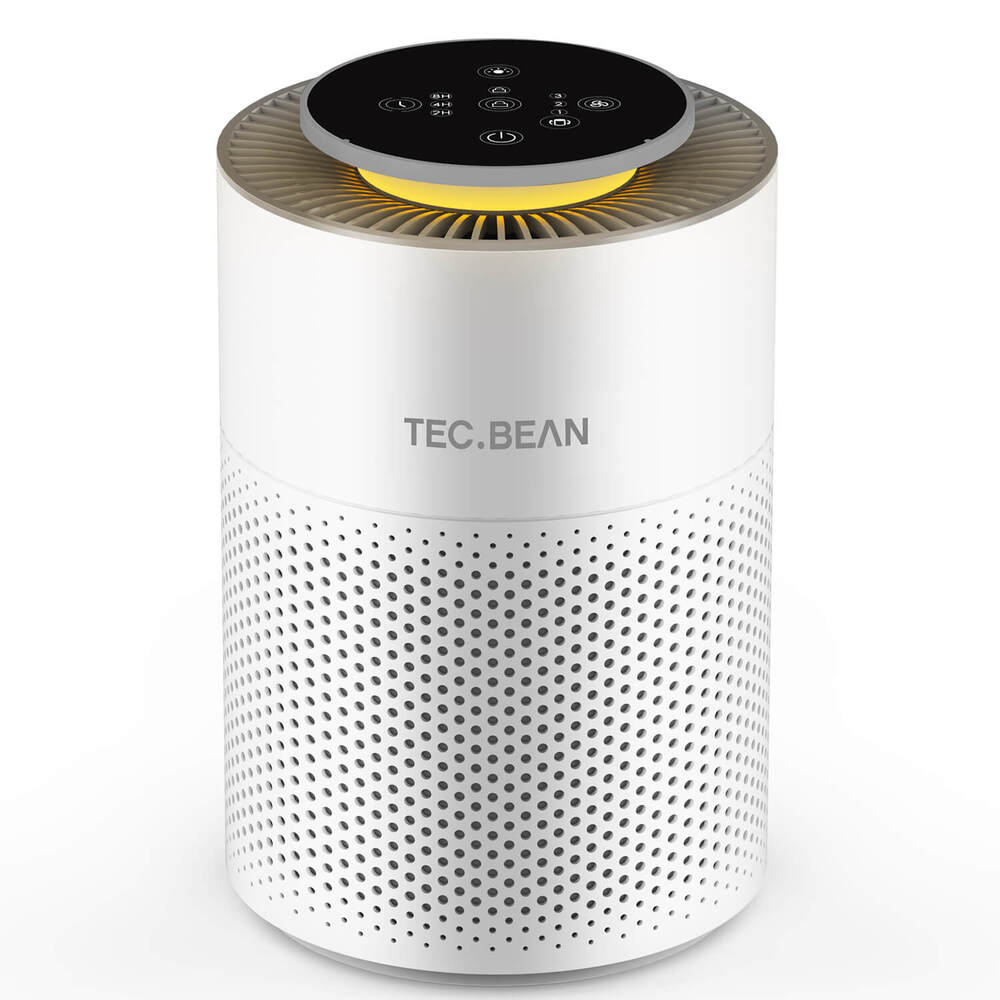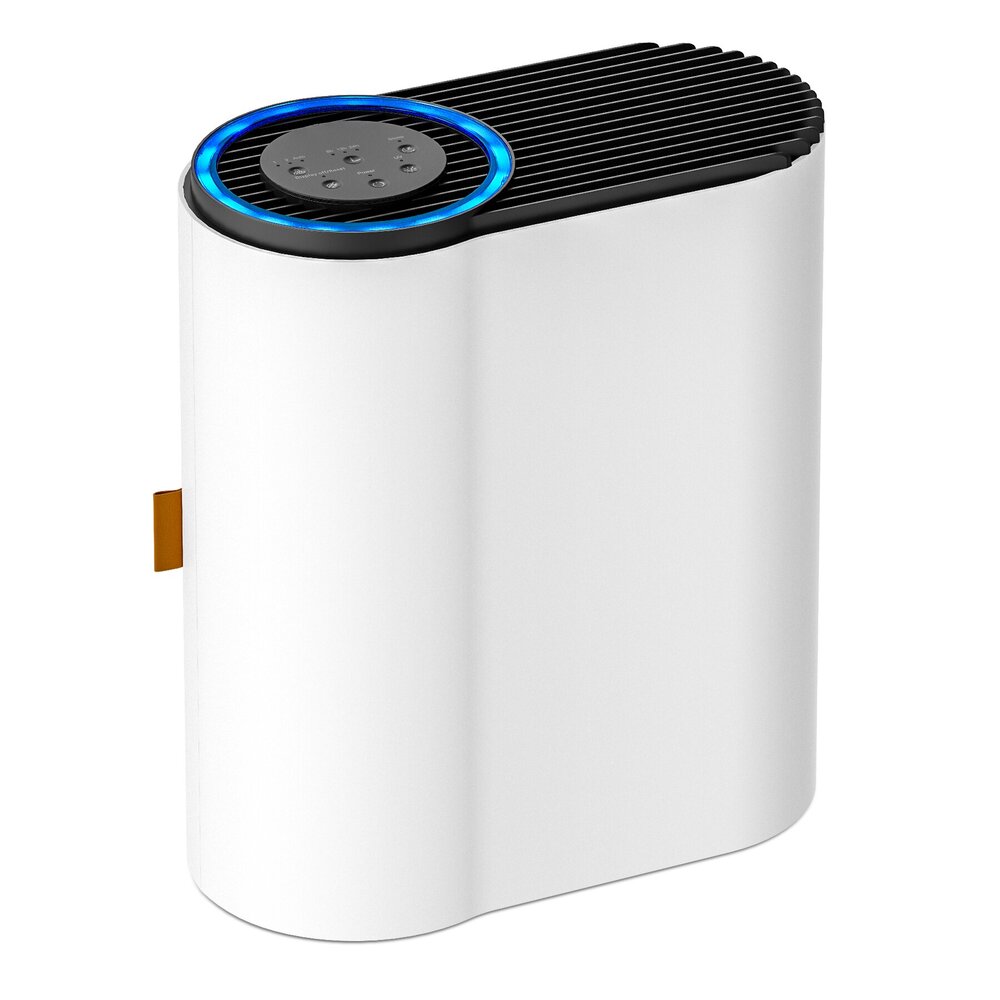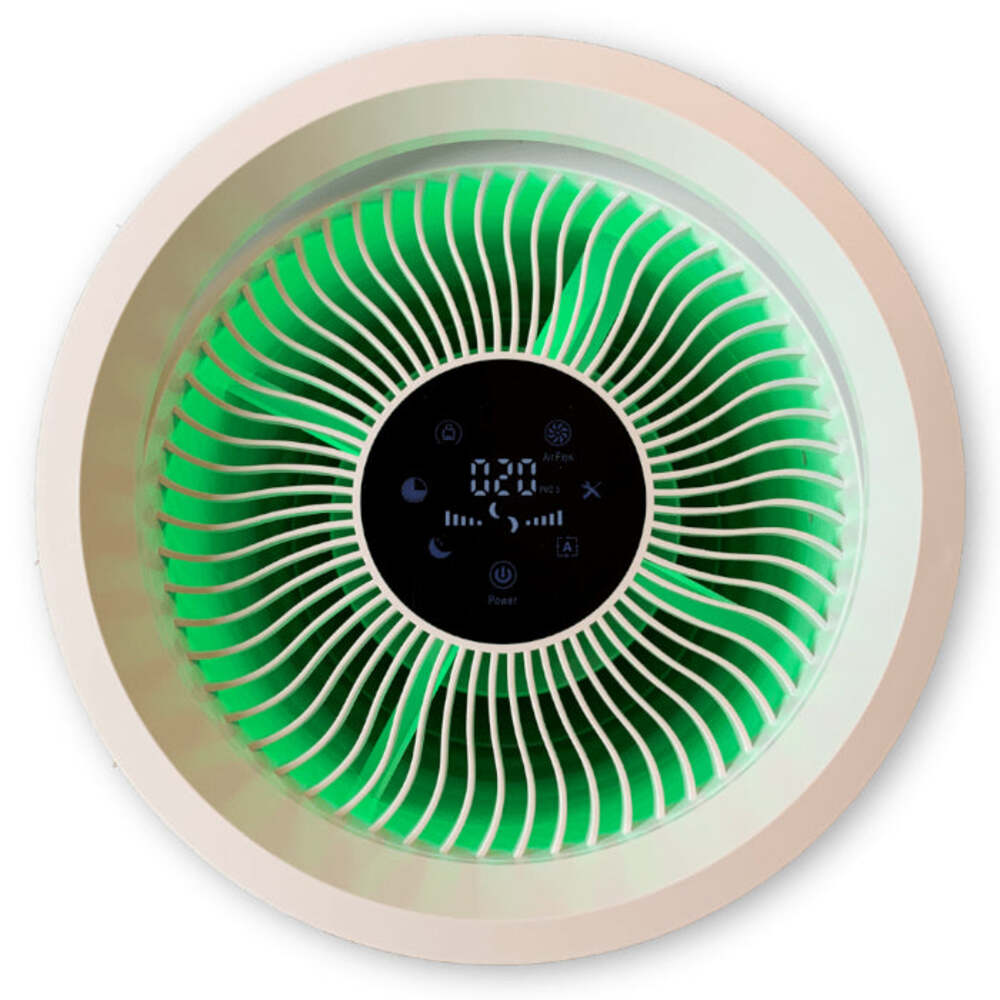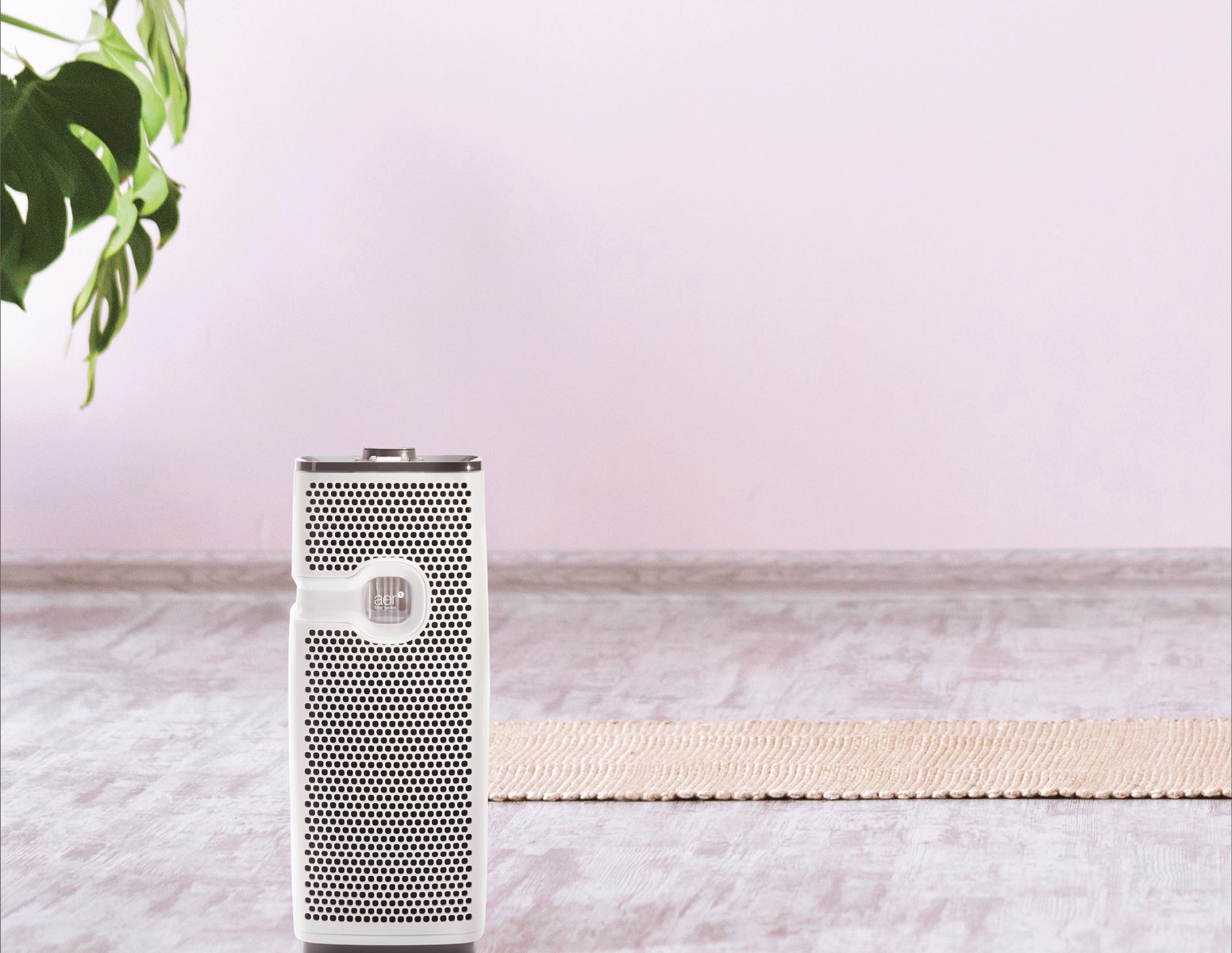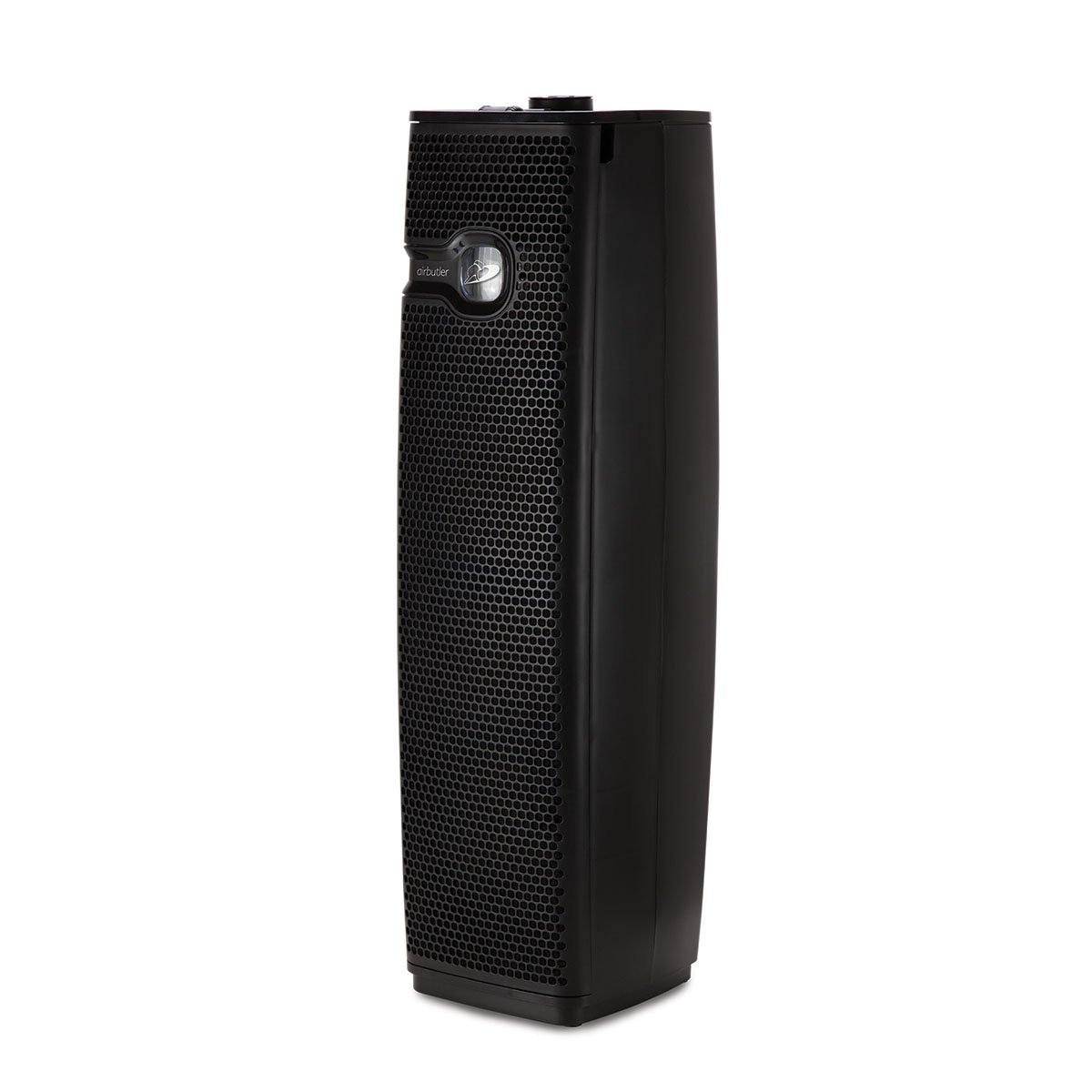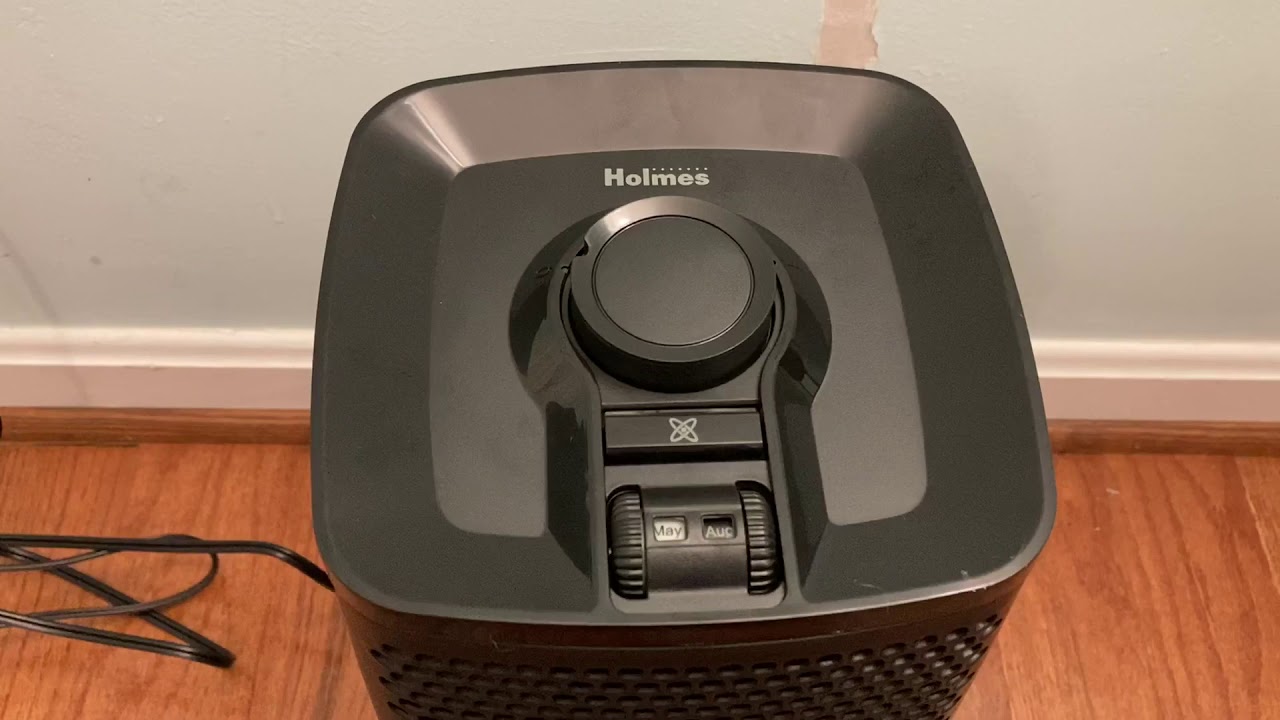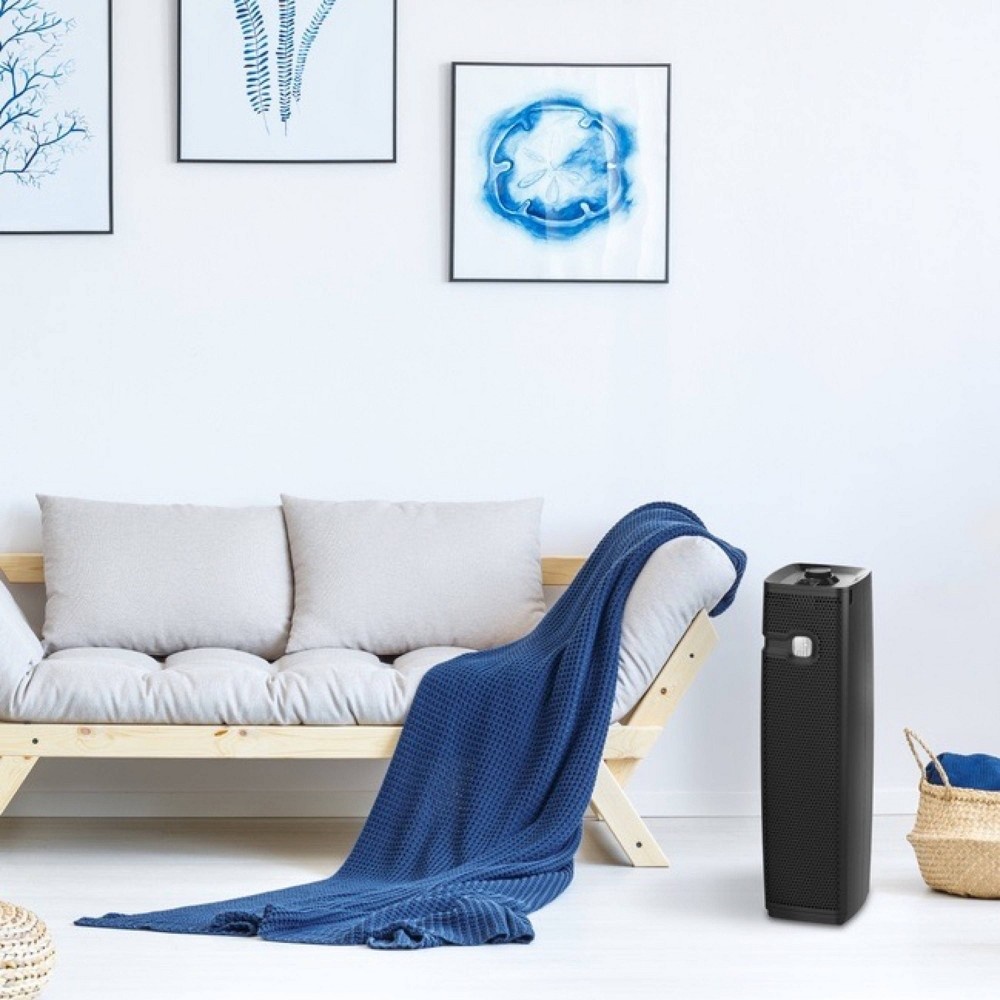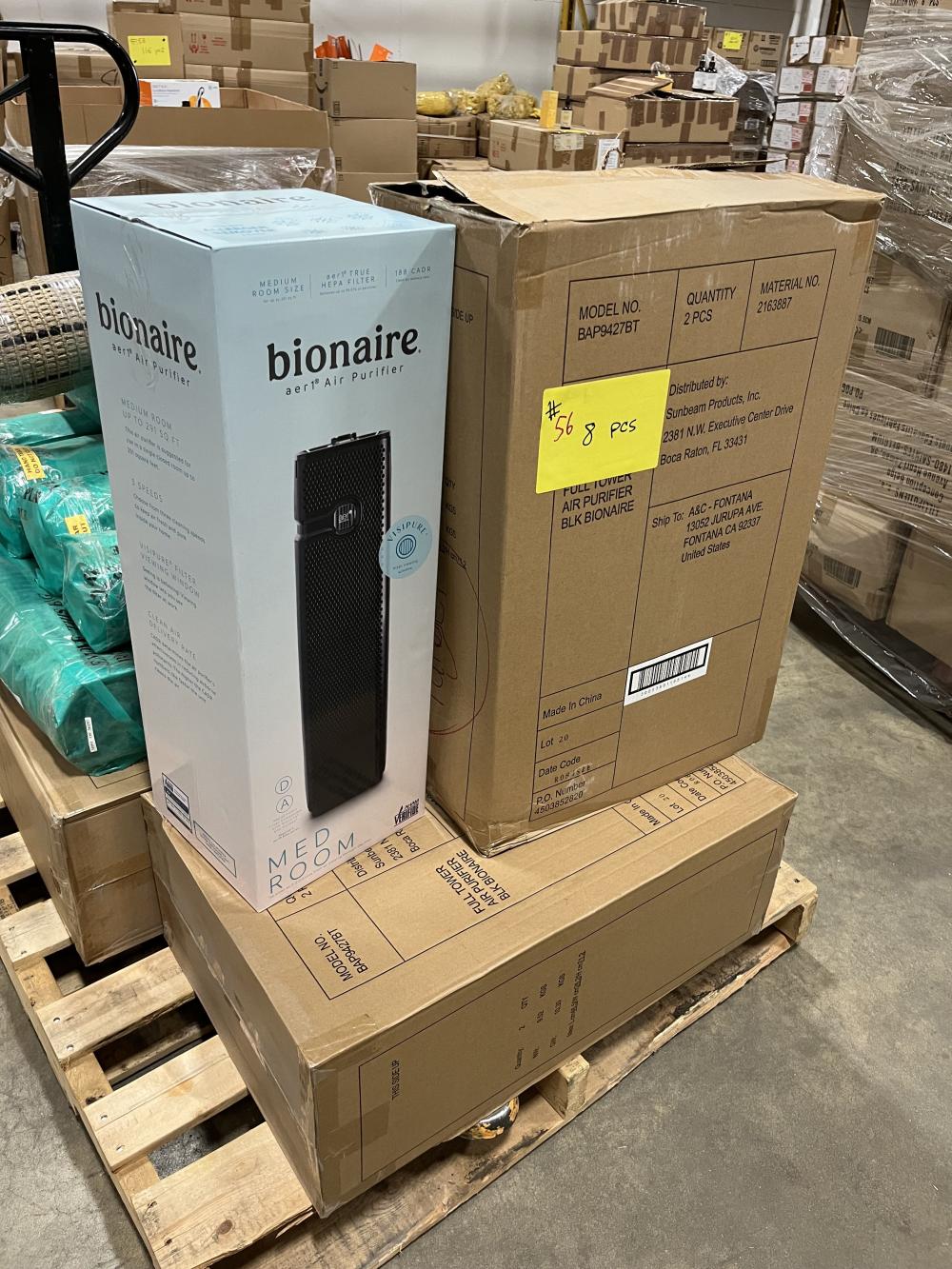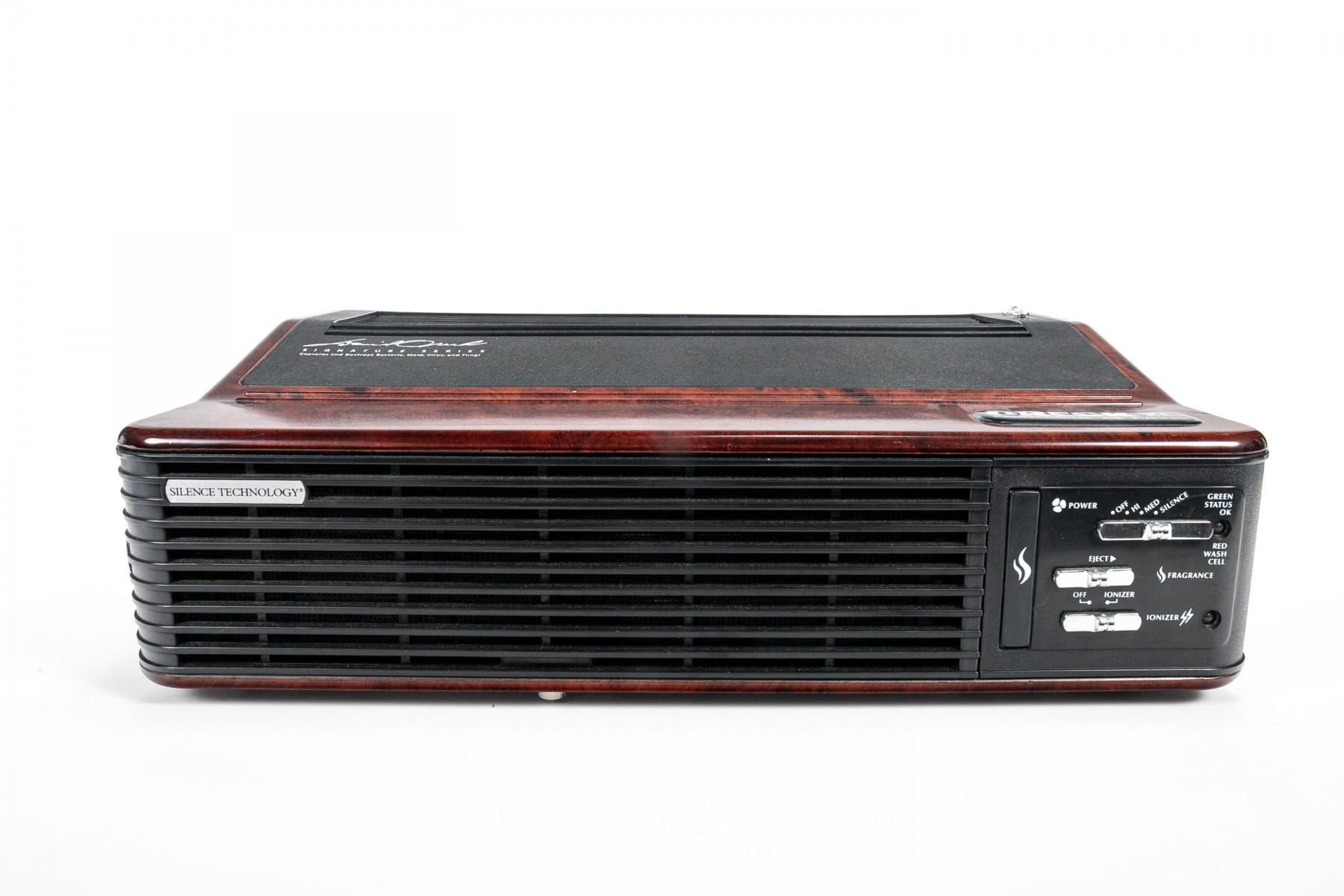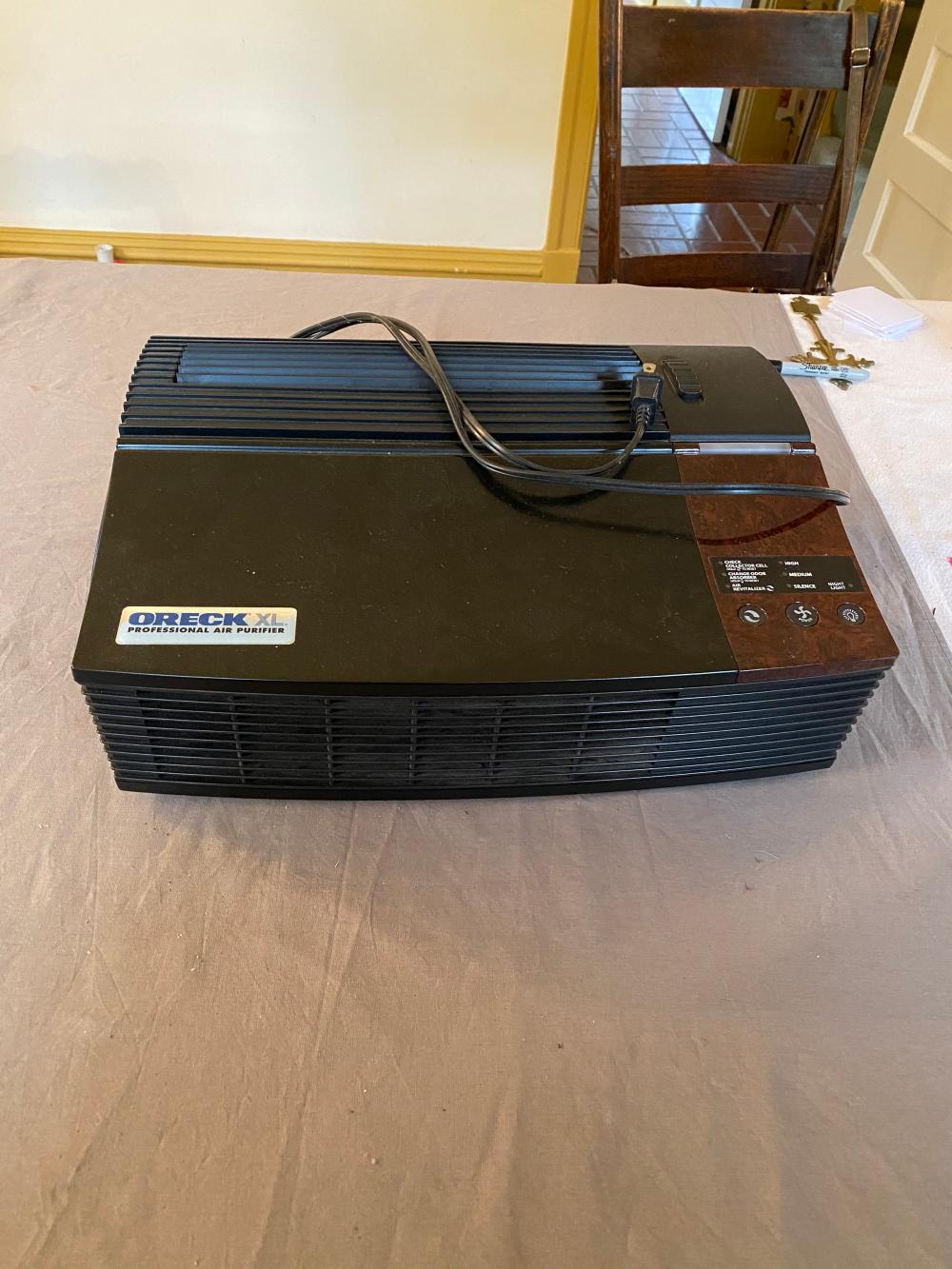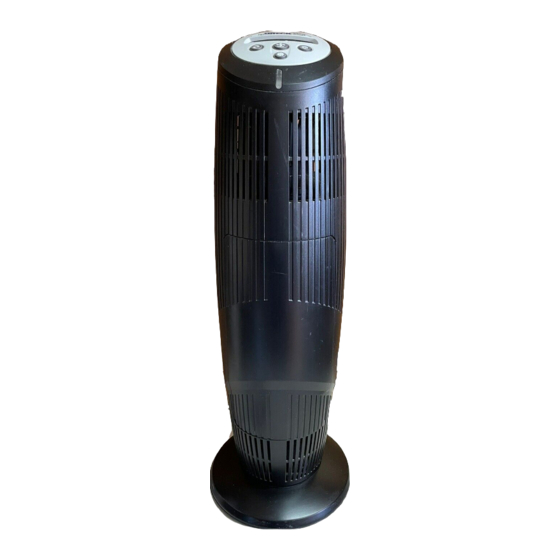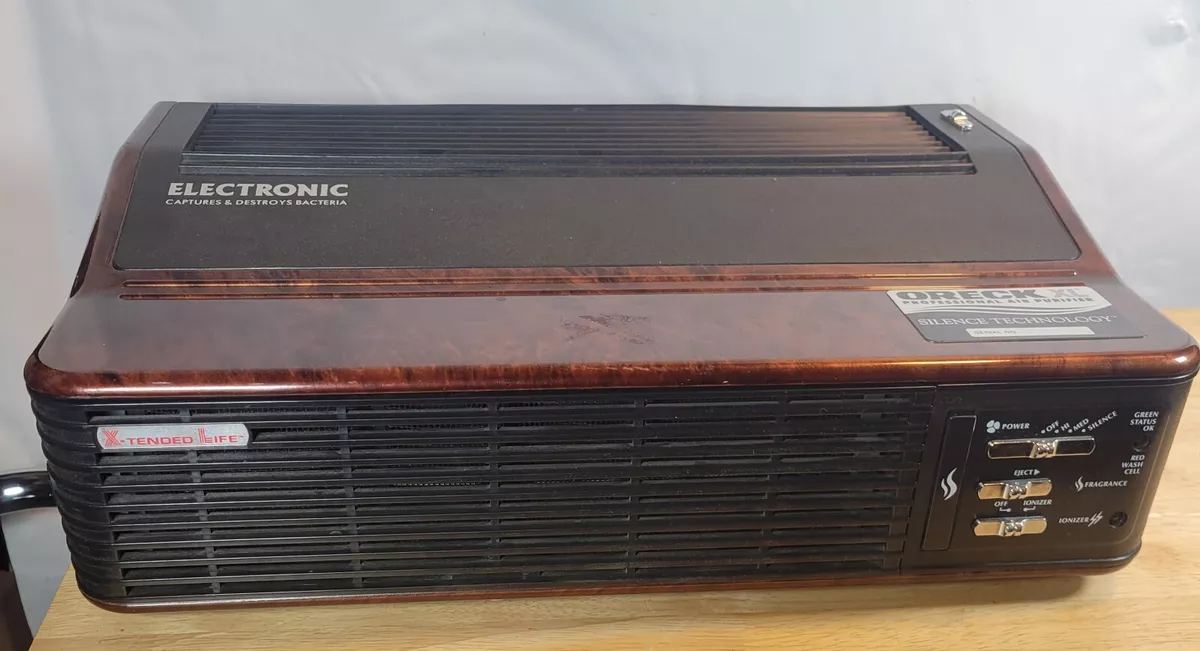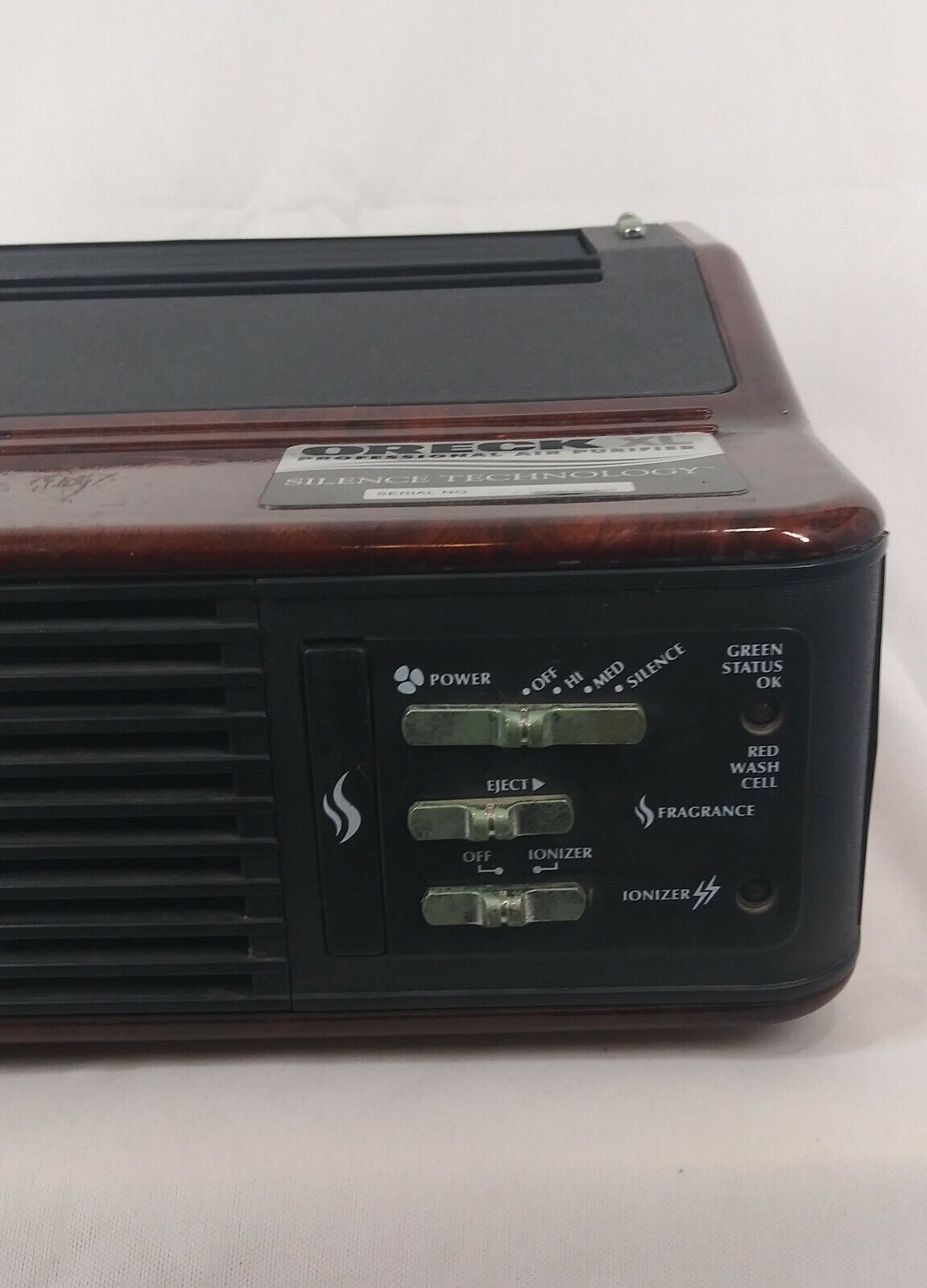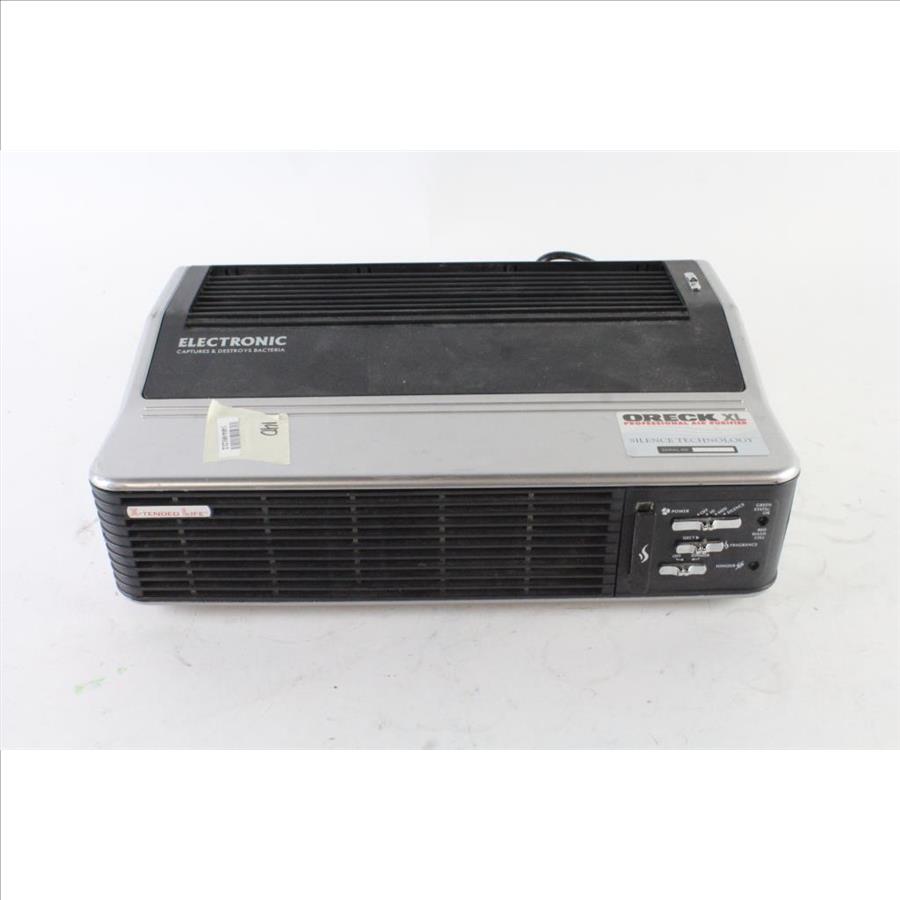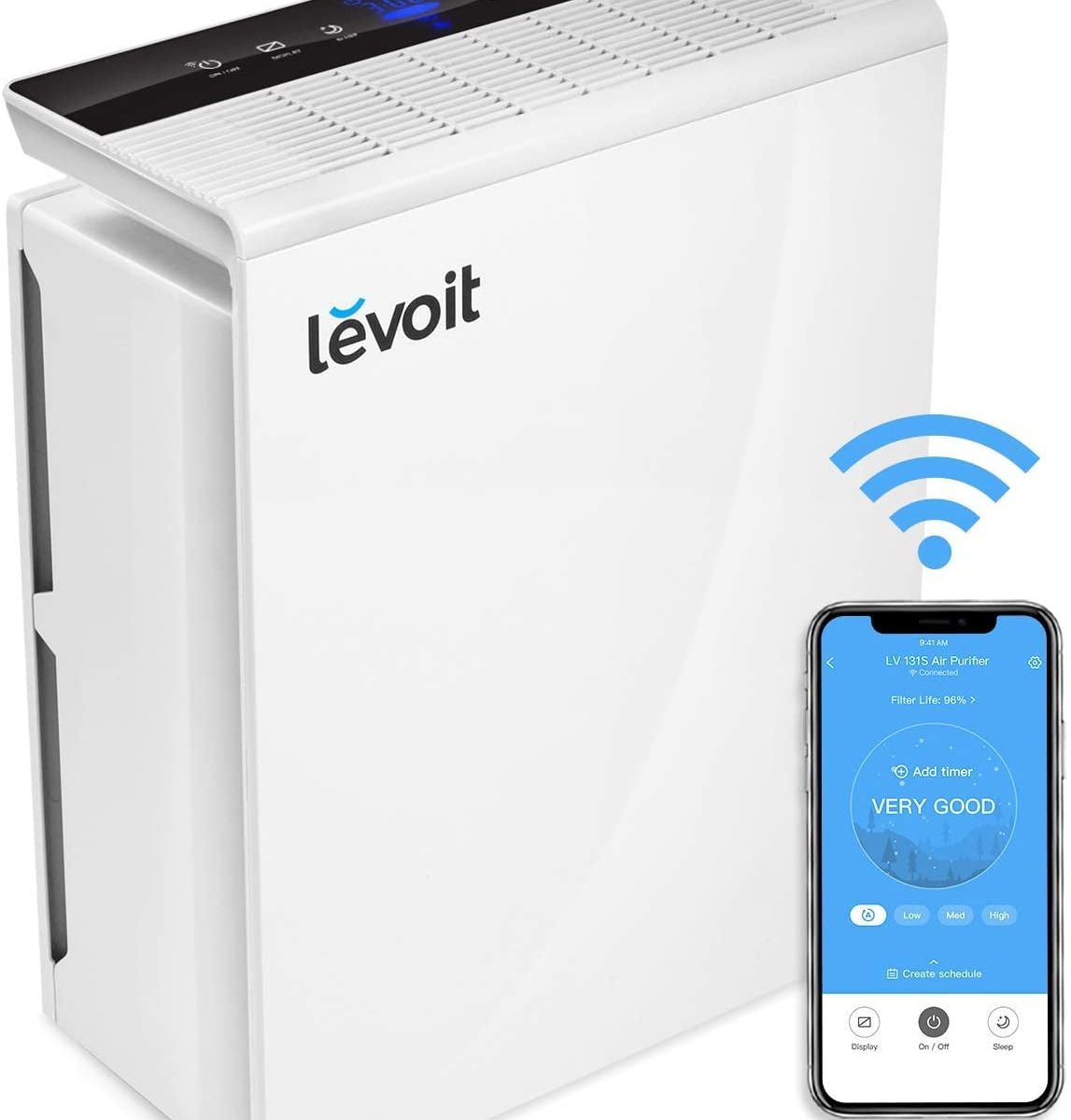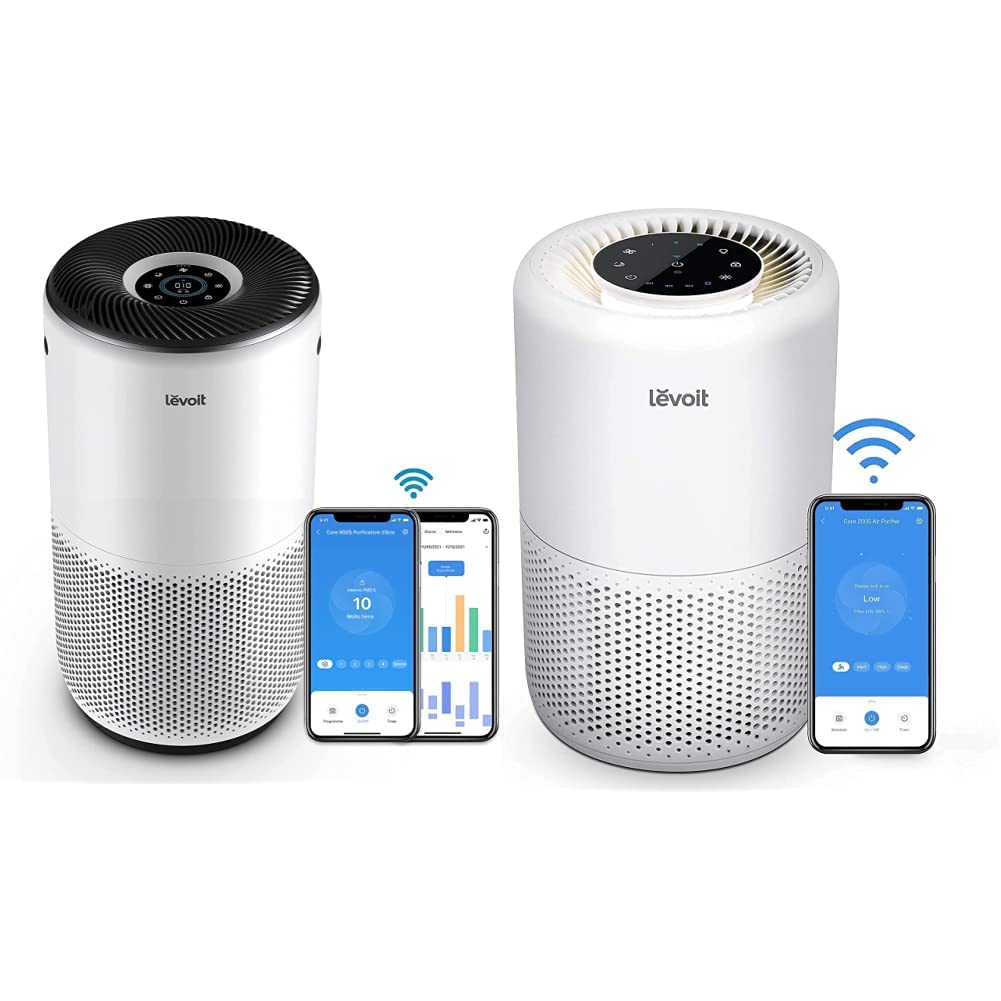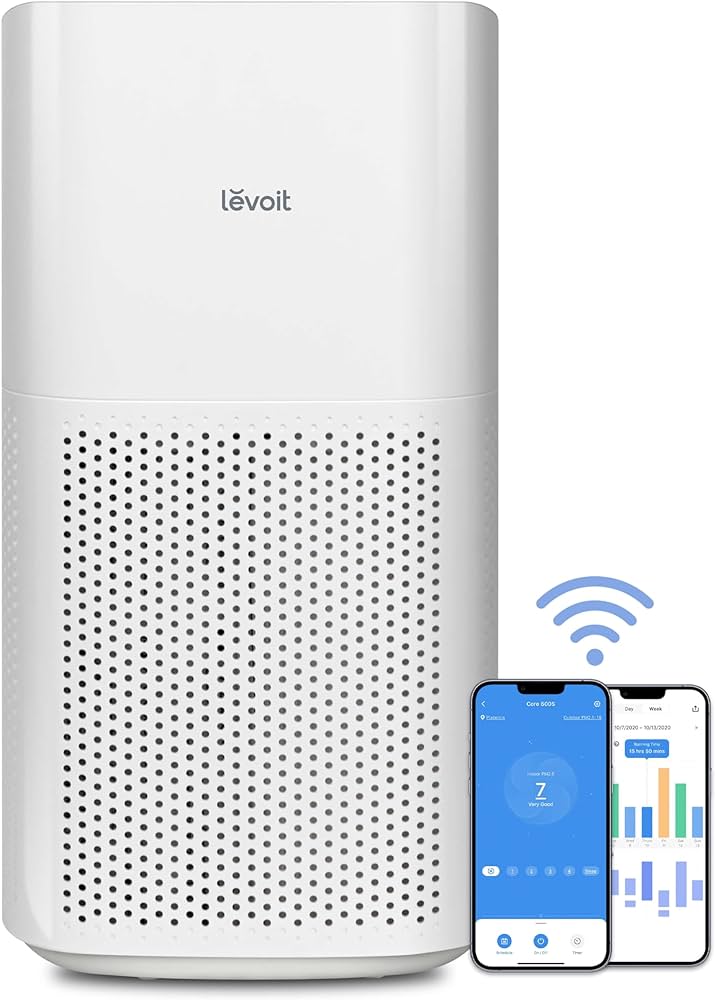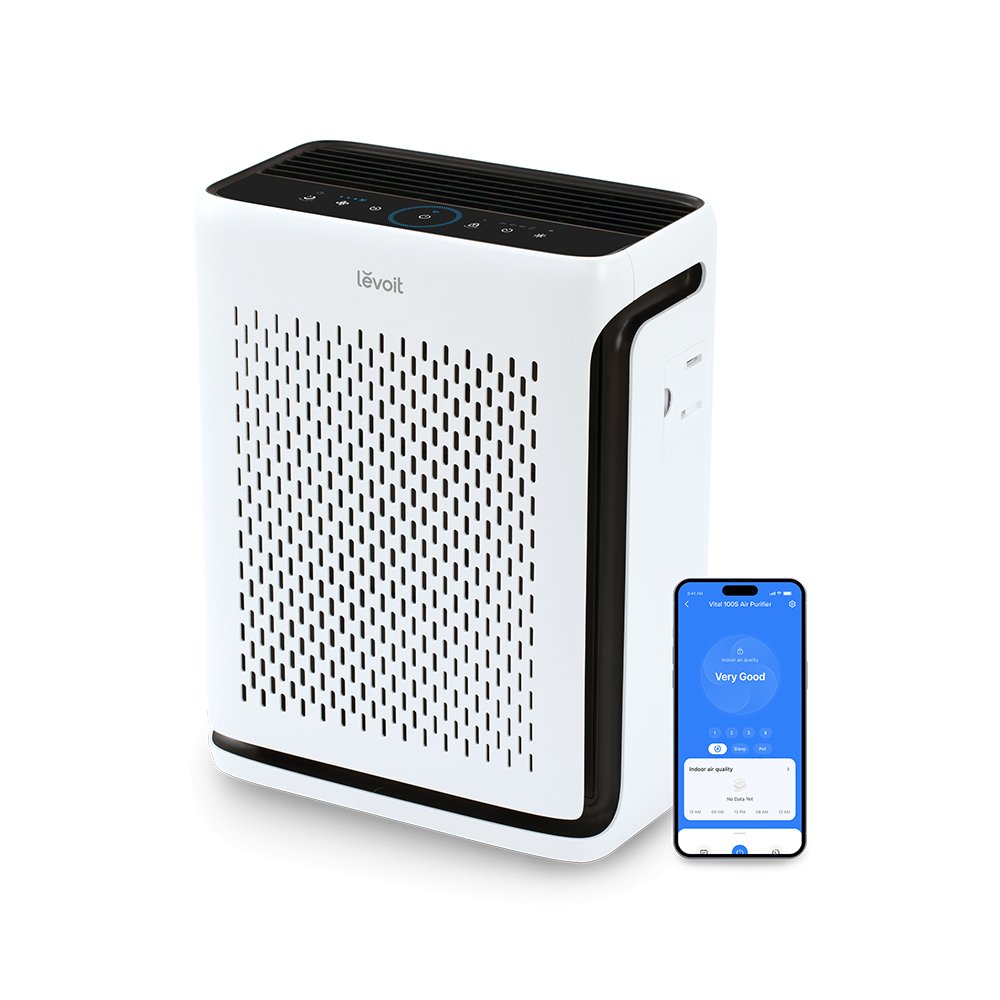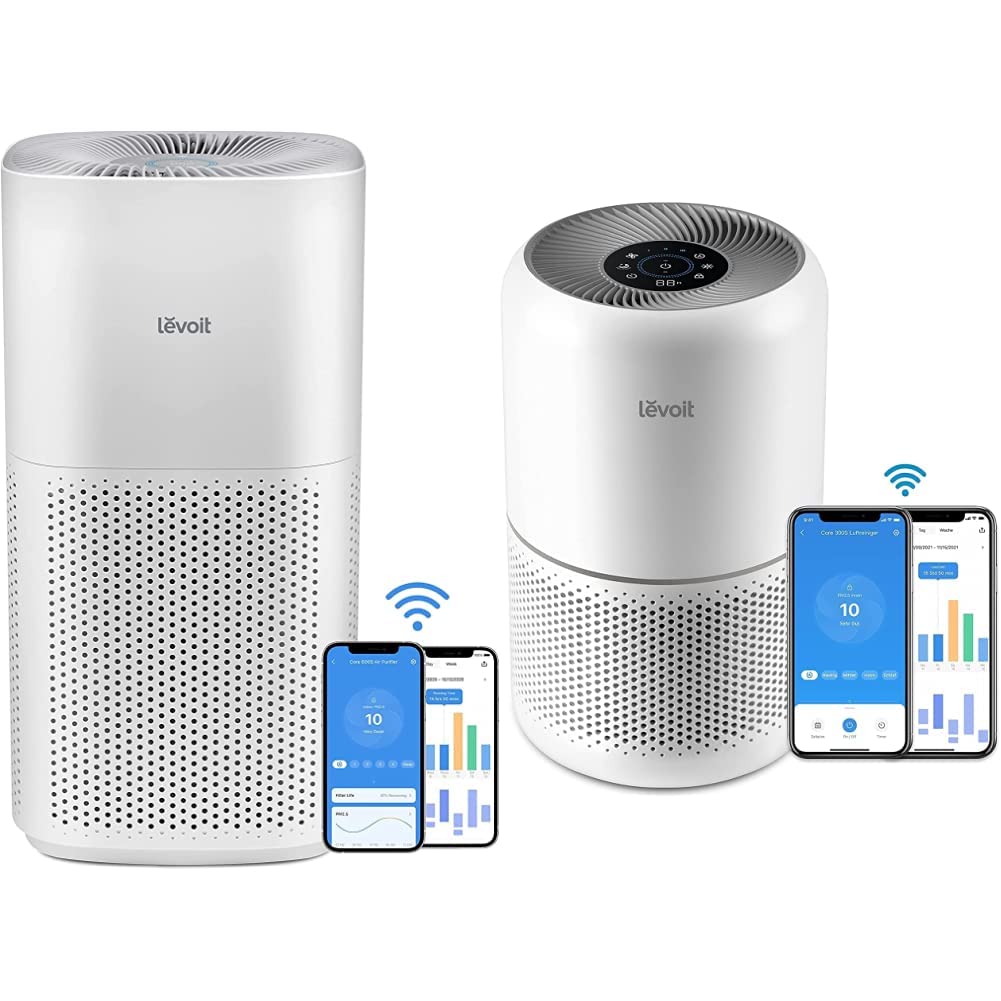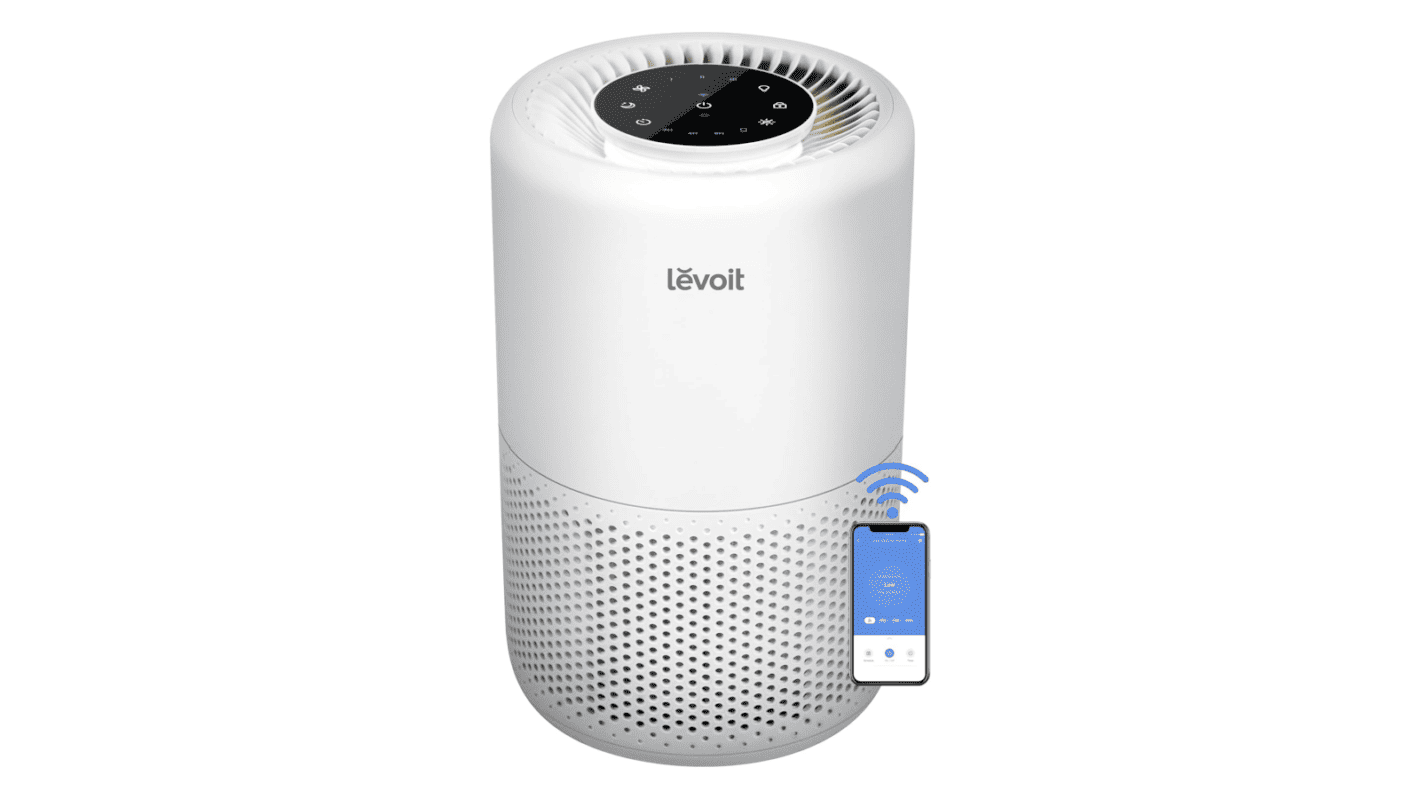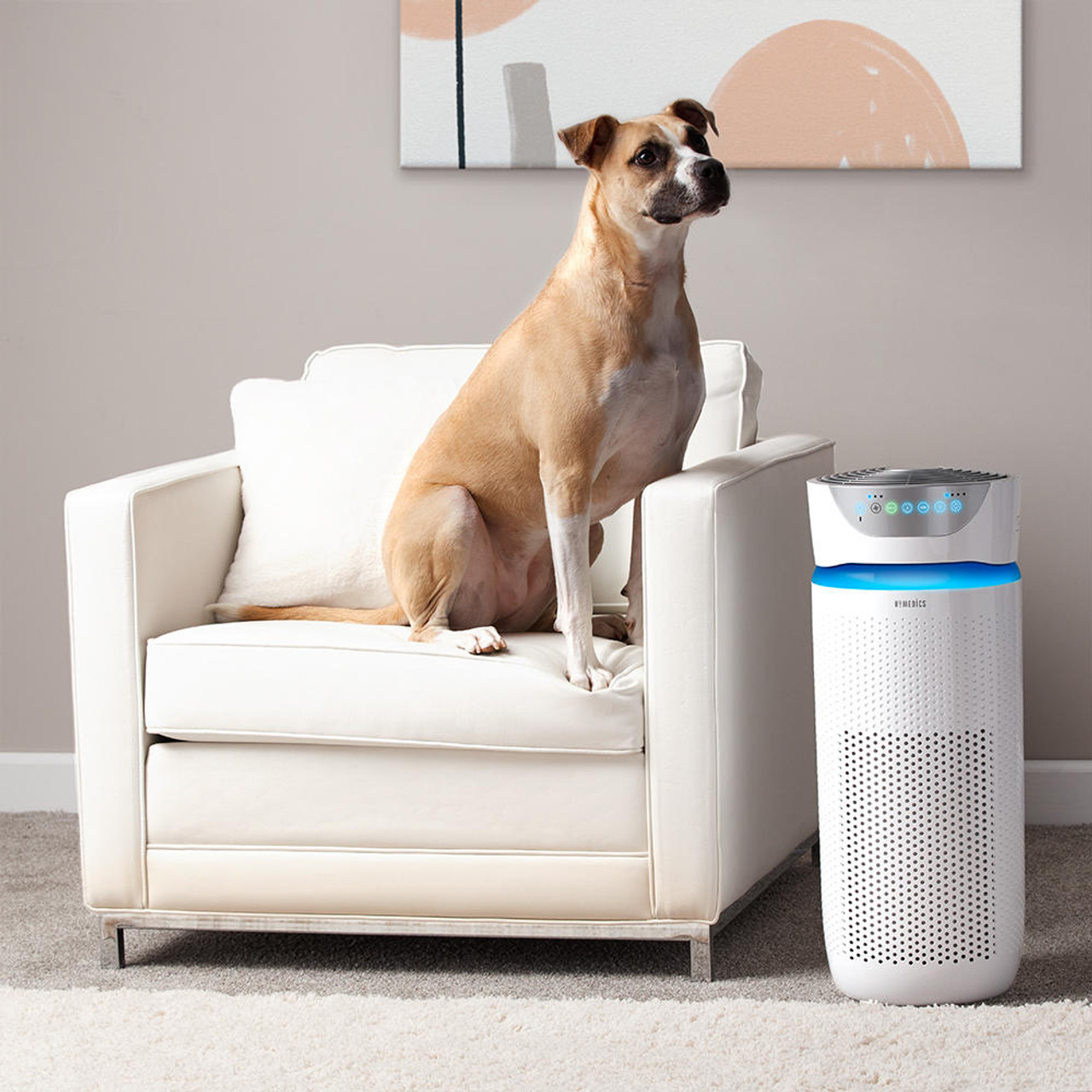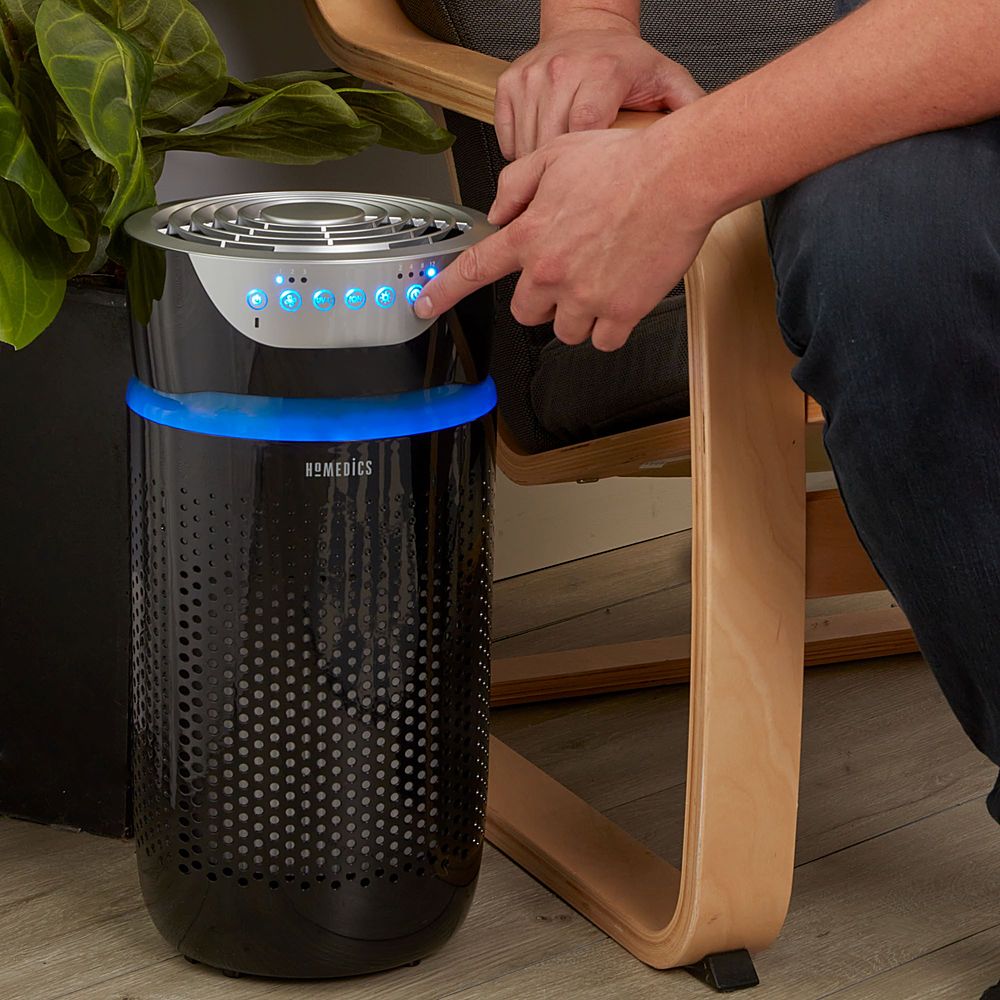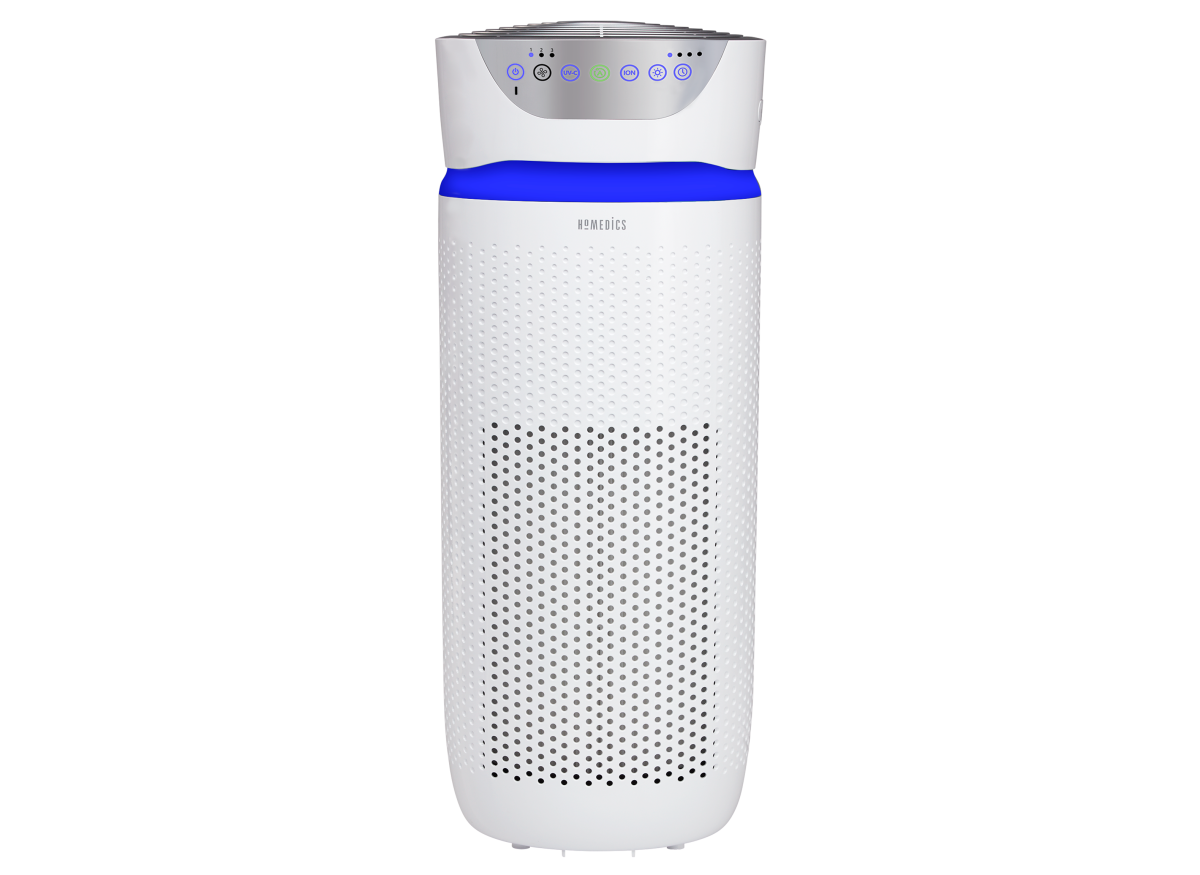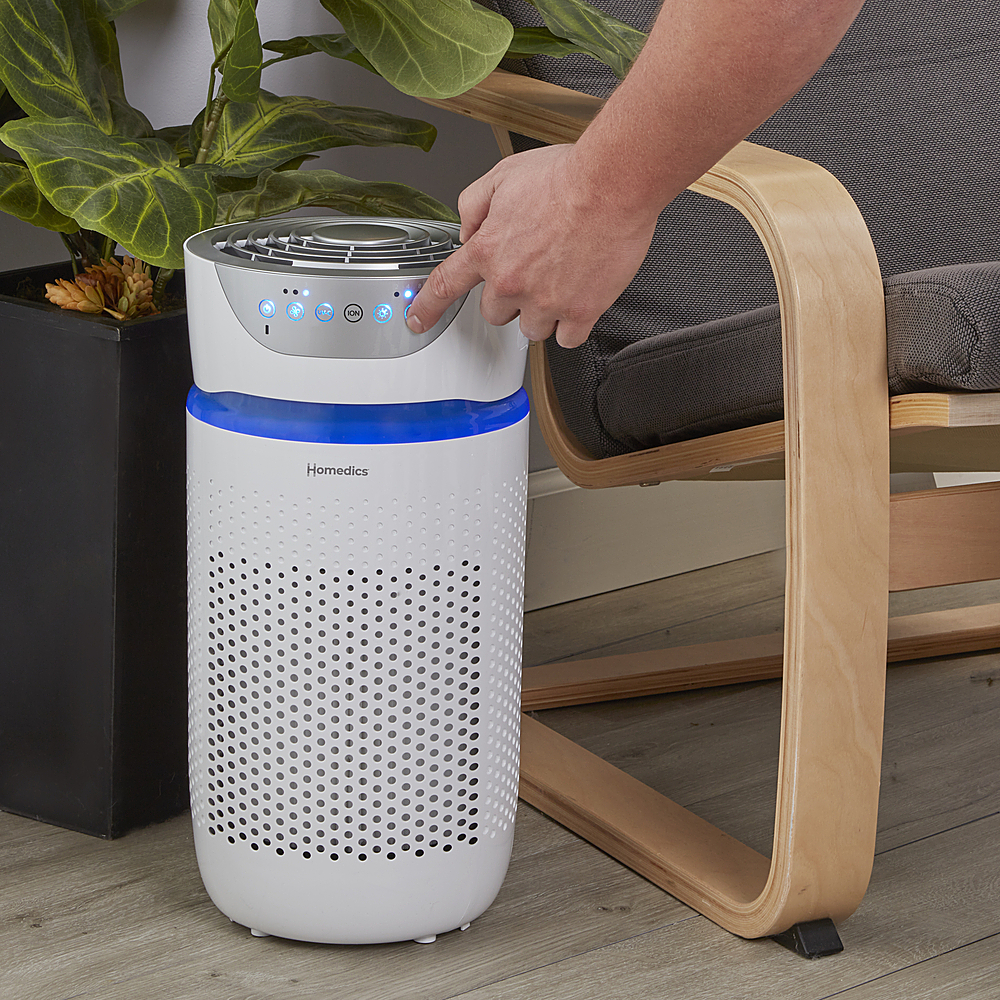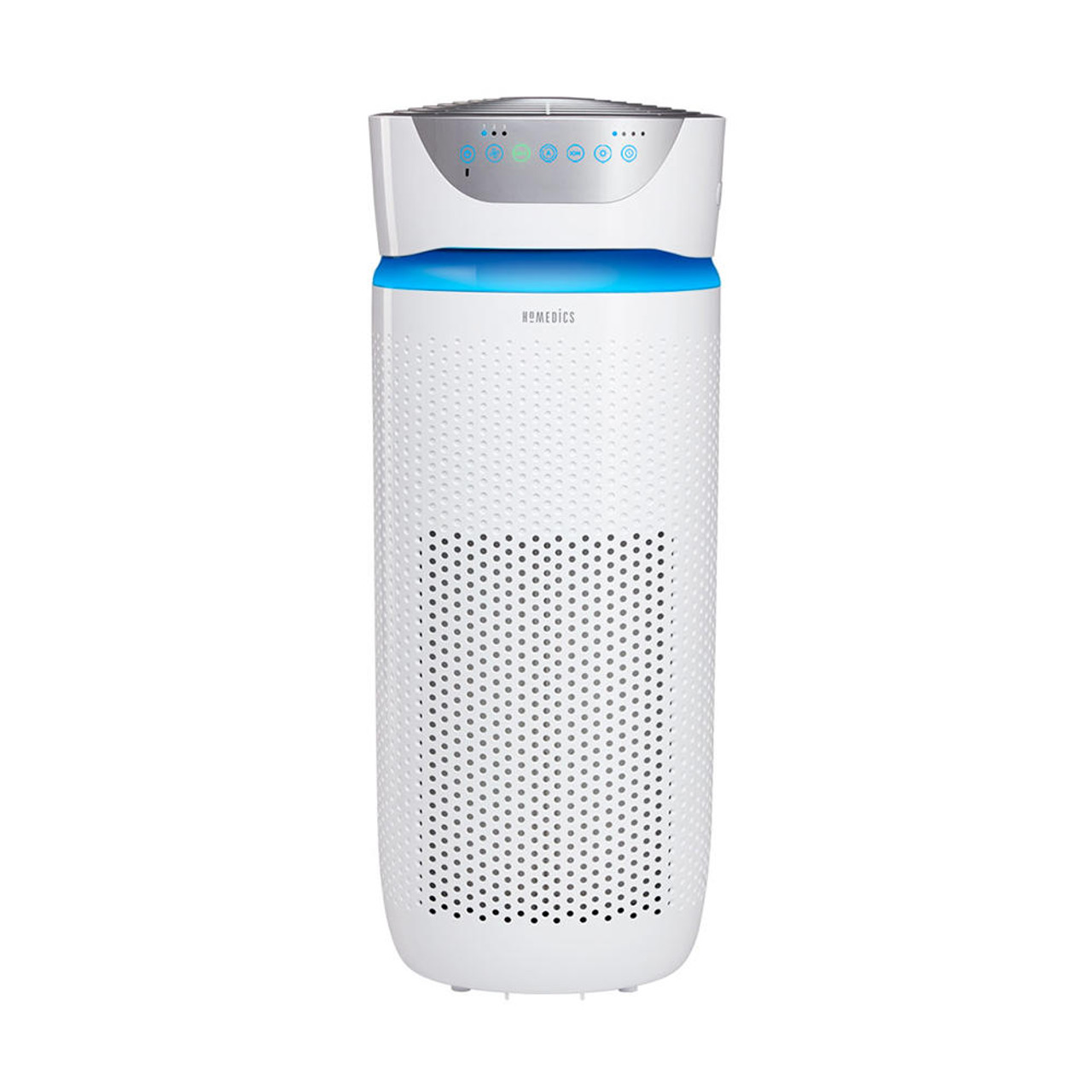Ironing mishaps happen, especially in fast-paced 2024. Leaving the iron on your clothes for a tad too long or accidentally setting it to the wrong heat can leave unsightly scorch marks and brown stains. But fear not! Before you toss those once-favorite white garments aside, there are several effective methods you can try to remove iron stains and restore your clothes to their former glory.
Ever scorched your favorite white shirt with a hot iron? Don’t despair! How to remove iron stain from white clothes? Removing iron stain clothes is absolutely possible, and with the right techniques, you can restore your garments to their pristine glory. This guide explores a range of effective methods, from natural solutions to store-bought stain removers, all designed to tackle those unsightly brown or yellow marks.

Understanding Iron Stains: Why They Happen and How to Remove Iron Stain from White Clothes?
Before we delve into stain removal, let’s understand why iron stains occur. When you iron at a temperature exceeding the fabric’s tolerance, the heat scorches the fibers, causing discoloration. This discoloration can manifest as brown or yellow marks, depending on the severity of the burn.
Preventing iron stains is always easier than removing them. Here are some key tips:
- Always check the care label: This little tag on your garment is your best friend. It specifies the recommended ironing temperature for the fabric.
- Start with a low heat setting: Gradually increase the heat as needed, especially for delicate fabrics.
- Use a pressing cloth: A pressing cloth acts as a barrier between the iron and your clothes, offering extra protection against scorching.
- Turn the garment inside out: Ironing delicate fabrics inside out can further shield them from direct heat exposure.
Mustering Your Stain-Fighting Arsenal: Essential Tools and Supplies
Now, let’s gather your weapons for this stain-removal battle! Here’s what you’ll need:

- Distilled white vinegar: A natural cleaning powerhouse, vinegar can effectively lift iron stains.
- Baking soda: This gentle yet effective cleaning agent works wonders on mild iron stains.
- Hydrogen peroxide (3%): This readily available solution tackles stubborn stains, but always test it on an inconspicuous area first, especially for colored fabrics.
- Laundry detergent: Your go-to laundry detergent will be used for the final wash.
- Clean, white cloths or rags: Use these for applying cleaning solutions and blotting stains.
- Bowl or sink: You’ll need a container for soaking your garment.
- Optional: Stain removal pen, commercial rust remover (for severe iron stains)
Remember: Always test any cleaning solution on an inconspicuous area of the garment first to ensure it doesn’t cause discoloration.
Choosing Your Weapon: Selecting the Right Stain Removal Method
How to remove iron stain from white clothes? The best method for removing iron stains depends on the severity of the stain and the type of fabric. Here’s a breakdown of some effective techniques:
-
For Mild Iron Stains:
- Baking Soda Paste: Make a paste with baking soda and water. Apply it to the stain, leave it for 30 minutes, then gently rub with a damp cloth. Wash the garment as usual.
- White Vinegar Solution: Mix equal parts white vinegar and water. Dab the stain with the solution and let it sit for 15 minutes. Rinse thoroughly and wash.
-
For Moderate Iron Stains:
- Hydrogen Peroxide: Apply a small amount of 3% hydrogen peroxide directly to the stain using a cotton swab. Let it sit for 10 minutes, then rinse and wash.
-
For Stubborn Iron Stains:
- Commercial Rust Remover: For severe iron stains, consider using a commercial rust remover specifically formulated for fabrics. Follow the product instructions carefully, and remember to test it on an inconspicuous area first.
- Stain Removal Pen: A stain removal pen designed for rust can be a convenient option for tackling tough stains on the go.
Regardless of the method you choose, work from the outside of the stain inwards to prevent spreading.
Battling the Stain: Step-by-Step Guide to Removing Iron Stains
Now that you’ve chosen your weapon, let’s get down to business! Here’s a step-by-step guide to removing iron stains from white clothes:

- Pre-Treat the Stain: Apply your chosen cleaning solution directly to the stain.
- Let it Sit: Allow the solution to work its magic on the stain for the recommended time (usually 15-30 minutes).
- Gently Agitate: Using a clean, white cloth, gently rub the stained area to loosen the stain.
- Rinse Thoroughly: Rinse the stained area with cool water to remove any cleaning solution residue.
- Wash as Usual: Launder the garment according to the care label instructions using your regular laundry detergent.
- Repeat if Necessary: If the stain persists, you can repeat the process. However, be cautious of over-treating the fabric, which could damage it.
Patience is a Virtue: Important Considerations and Aftercare
While the methods mentioned above are effective, removing iron stains can sometimes require patience. Here are some additional points to remember:
- Don’t use hot water: Hot water can set the stain further, making it more difficult to remove. Always use cool or lukewarm water for rinsing and washing.
- Sun exposure can help: Sunlight can be a natural bleaching agent. After treating the stain and washing the garment, hang it to dry in direct sunlight if the care label allows.
- Be gentle: Avoid scrubbing the stain aggressively, as this can damage the fabric.
- Seek professional help for delicate fabrics: If you’re dealing with a particularly delicate fabric or a valuable garment, consider seeking professional dry cleaning services.
The Stain-Removal Arsenal of 2024 and Beyond: Exploring New Technologies
The world of stain removal is constantly evolving. How to remove iron stain from clothes? Here’s a glimpse into some exciting advancements that might soon be part of your stain-fighting arsenal:
- Enzyme-based stain removers: These eco-friendly solutions are becoming increasingly popular. Enzymes break down stain molecules, making them easier to remove.
- Nanotechnology-based stain removers: Nanotechnology offers exciting possibilities for stain removal. Nanoparticles can penetrate deep into fabric fibers to remove stains more effectively.
- Smart washing machines: Imagine a washing machine that can identify and treat stains automatically! While still in development, smart washing machines with built-in stain removal features could be a reality in the not-so-distant future.
Understanding Fabric Nuances: Tailoring Your Approach for Different Materials
The best stain removal method often depends on the type of fabric. Here’s a quick guide to tailoring your approach for some common fabrics:

- Cotton and Linen: These sturdy fabrics can tolerate most stain removal methods. However, always test any solution on an inconspicuous area first.
- Silk and Wool: Delicate fabrics like silk and wool require a gentler touch. Consider using a diluted solution of white vinegar or a commercial stain remover specifically formulated for delicates.
- Synthetic Fabrics: Synthetic fabrics like polyester can be more susceptible to melting from high heat. Always check the care label and use a lower heat setting when ironing. If a stain occurs, opt for a milder stain removal method like baking soda paste or a commercial rust remover designed for synthetics.
The Final Victory Lap: Preventing Future Battles with Iron Stains
Now that you’ve successfully banished those iron stains, here are some tips to prevent them from returning in 2024 and beyond:
- Invest in a quality iron: A good iron with precise temperature control settings will minimize the risk of scorching your clothes.
- Use a digital iron: Digital irons often come with pre-set temperature settings for different fabrics, making it easier to choose the right heat level.
- Empty the water chamber regularly: Hard water minerals can build up in your iron and cause scorching. Make sure to empty the water chamber regularly, especially if you live in an area with hard water.
- Consider using a steamer: Steamers are a gentler alternative to irons and can be a great option for delicate fabrics.
Conquer Clothes Battles with Confidence
With the knowledge and tools at your disposal, you can confidently tackle iron stains and keep your white clothes looking their best. So, the next time you accidentally scorch your favorite garment, don’t panic! Remember, with the right approach and a little patience, you can banish those burnt blues and restore your clothes to their original glory.

Don’t Let Iron Stains Get You Down!
Iron stains might seem like a fashion disaster, but with the right knowledge and cleaning techniques, you can conquer them and restore your white clothes to their former glory. Remember, acting fast, choosing the appropriate stain removal method for the fabric type, and taking preventative measures in the future will keep your laundry looking fresh and new.
So, the next time you encounter an iron stain, don’t panic! With the tips and tricks outlined in this guide, you’ll be well-equipped to banish those scorch marks and keep your white clothes looking their best.




















